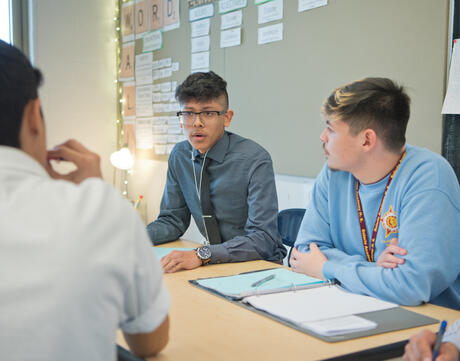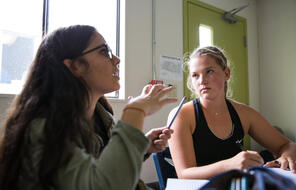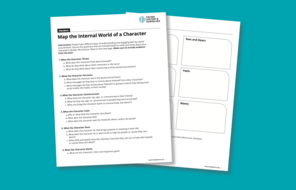
Map the Internal World of a Character
Subject
- English & Language Arts
Grade
6–12Language
English — USPublished
Overview
About This Learning Experience
Part of preparing students to be responsible citizens who take care of each other and their world is cultivating empathy—their ability to sense what others may be feeling or thinking. Research suggests that reading fictional texts is an important part of this process. 1 In the ELA classroom, students can build their empathy muscles when they examine a character’s emotions, motivations, and behaviors and then draw connections between what they are studying and the world today.
The following learning experiences invite students to consider the relationship between reading and empathy and to practice using evidence from the text and their own understanding of the world to analyze a character’s thoughts, feelings, motivations, and sense of belonging. Through the process of exploring a range of human experiences in literature, students can deepen their understanding of others who may differ from them, as well as have opportunities to reflect on and share aspects of their own identities that they would like others to recognize.
- 1Megan Schmidt, “How Reading Fiction Increases Empathy and Encourages Understanding,” Discover, August 28, 2020.
Preparing to Teach
A Note to Teachers
Before using this learning experience, please review the following information to help guide your preparation process.
Procedure
Activities
Materials and Downloads
Quick Downloads
Download the Files
Get Files Via Google
Unlimited Access to Learning. More Added Every Month.
Facing History & Ourselves is designed for educators who want to help students explore identity, think critically, grow emotionally, act ethically, and participate in civic life. It’s hard work, so we’ve developed some go-to professional learning opportunities to help you along the way.
Exploring ELA Text Selection with Julia Torres
On-Demand

Working for Justice, Equity and Civic Agency in Our Schools: A Conversation with Clint Smith
On-Demand

Centering Student Voices to Build Community and Agency
On-Demand













